Mushrooms hold a special place in our world’s natural story. These forest dwellers appear like magic after rain, growing where life has ended to create something new.
They connect the underground world with what we see above, working as nature’s recyclers.
Many cultures view mushrooms as symbols of quick growth, change, and life’s constant cycles. Their hidden networks beneath the soil mirror how things in nature are connected in ways we can’t always see.
Mushrooms remind us that growth often happens quietly before suddenly becoming visible.
In this blog, we’ll learn how mushrooms have been an important part of cultures for centuries, what significance they hold and how we interpret their symbolism in our everyday lives.
The Spiritual Meaning of Mushrooms
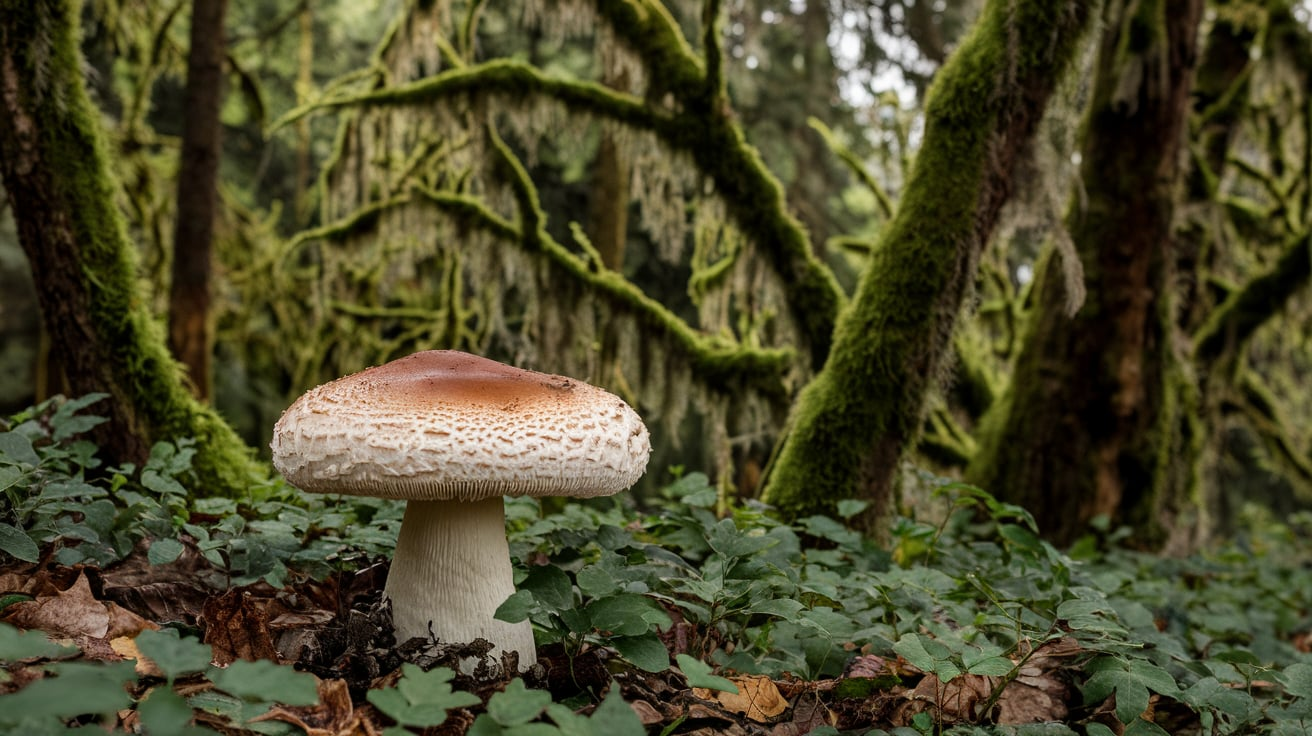
Many spiritual traditions value mushrooms for their sacred properties.
In shamanism, certain mushrooms open doors to other worlds, helping healers connect with spirits and find cures.
The Mazatec people of Mexico call mushrooms “holy children” and use them in religious rituals to speak with gods.
In witchcraft, mushrooms represent hidden knowledge and magic that grows in darkness. They appear in spells for transformation and truth-seeking.
The mushroom life cycle mirrors spiritual teachings about life and death. They feed on what has died, then emerge to spread new life before returning to earth. This pattern shows how endings create beginnings. When trees fall, mushrooms help turn them into the soil for new growth.
Mushrooms teach us that valuable things can grow from difficult times, just as they thrive in darkness before reaching the light.
Cultural and Historical Significance
Mushrooms have significant cultural importance worldwide.
Aztecs called certain mushrooms “flesh of the gods” for religious ceremonies, with temple carvings showing this connection. Ancient Greeks linked mushrooms to lightning strikes, giving them magical status.
In Japan, the matsutake mushroom symbolizes good fortune and autumn, with family gathering traditions spanning centuries. Chinese medicine texts from 2,000 years ago mention the reishi as the “mushroom of immortality” given to emperors.
Viking sagas describe warriors consuming mushrooms before battle to gain courage and strength. Siberian shamans decorated their clothing with mushroom patterns and ate fly agaric mushrooms during ceremonies to enter trances for spiritual journeys between worlds.
Different Types of Mushrooms and Their Symbolic Meaning
Let us come look at the different types of mushrooms and their symbolic significance.
1. Fly Agaric Mushroom
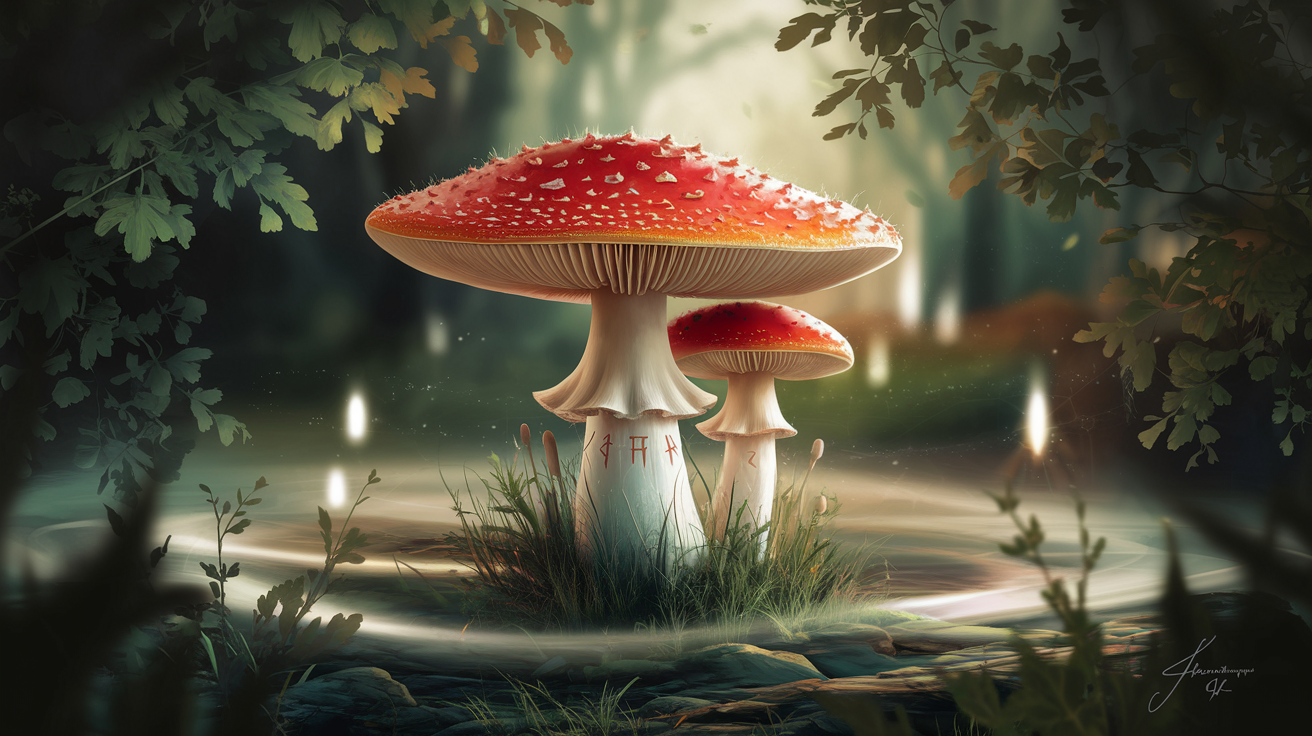
The fly agaric mushroom, with its red cap and white spots, is one of the most visually striking mushrooms.
In European folklore, it’s often shown in fairy tales and connected to magic and other worlds. Many believe Siberian shamans used it to reach altered states of mind.
In modern culture, it’s the classic “toadstool” seen in children’s books and games.
2. White Button Mushroom
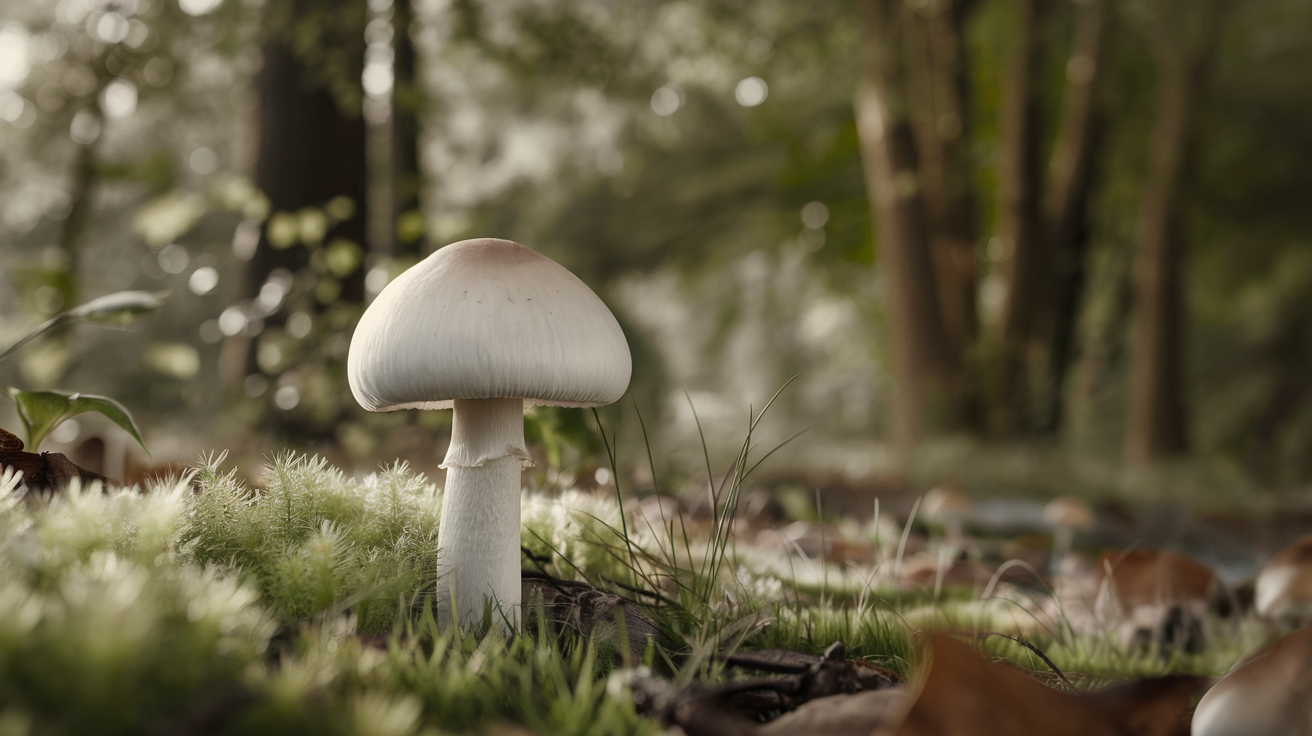
Though common in kitchens, the white button mushroom carries its own meaning.
In some Eastern European traditions, finding white mushrooms during forest walks brings good luck and signals a change in fortune.
Its pure color links it to simplicity and basic goodness in many cultures.
3. Shiitake Mushroom
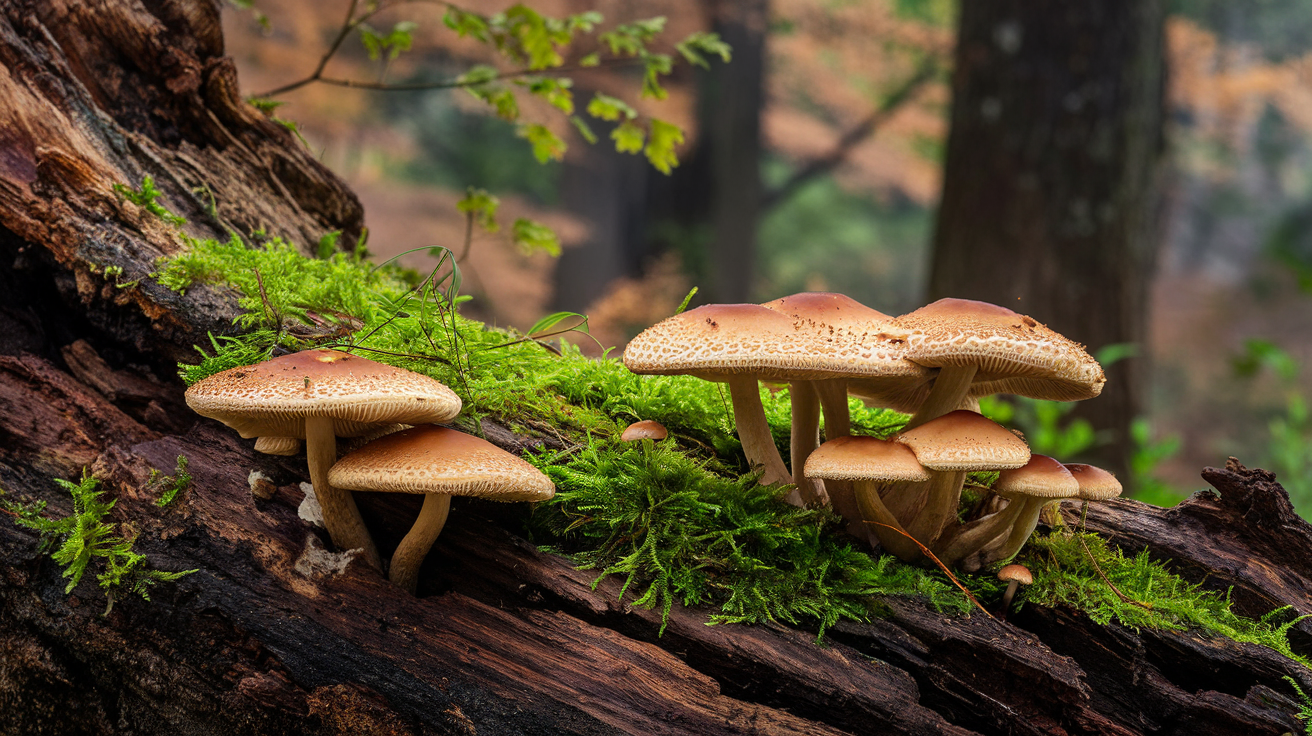
Shiitake mushrooms hold a special status in East Asian cultures.
In Japan, they stand for health and long life. Gift baskets with dried shiitake are common presents for sick friends, showing wishes for recovery.
For centuries, their rich flavor and health benefits have made them symbols of wealth and wellness.
4. Matsutake Mushroom
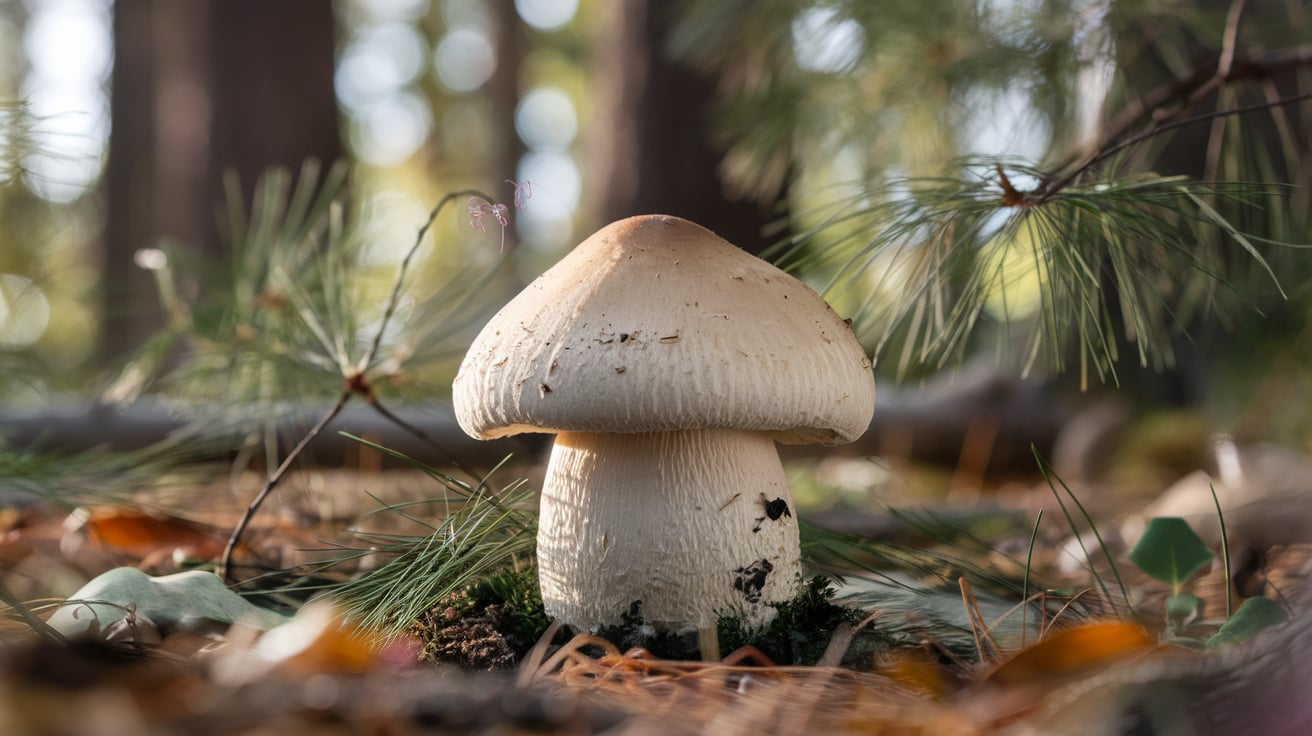
The matsutake mushroom is highly valued in Japanese culture. Its rare status and smell, like cinnamon and pine, symbolize the autumn season and good fortune.
The tradition of hunting for these mushrooms in the fall months ties families to the natural cycles of the year.
5. Black Morel Mushroom
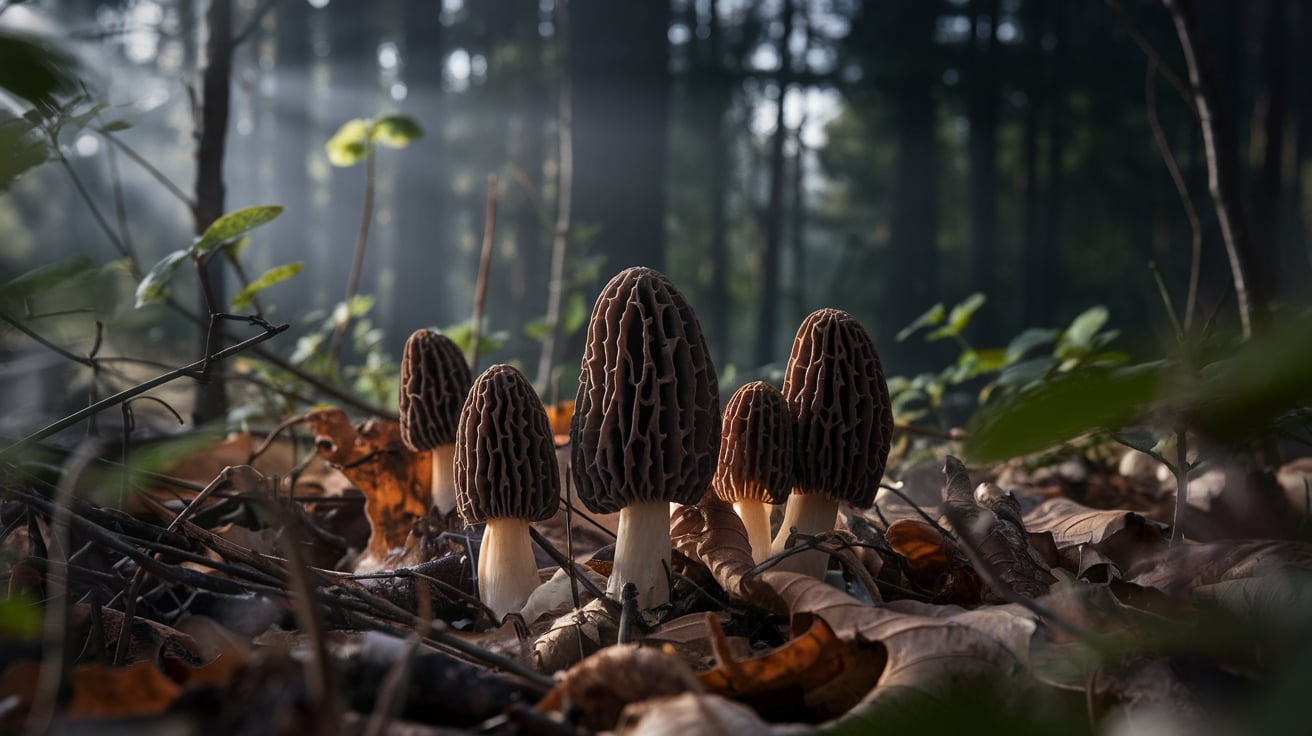
With their brain-like appearance, black morel mushrooms often represent wisdom and thinking in regional European traditions.
Their short growing season after forest fires makes them symbols of things that come from hard times. Morel hunting brings communities together each spring in many rural areas.
6. Reishi Mushroom
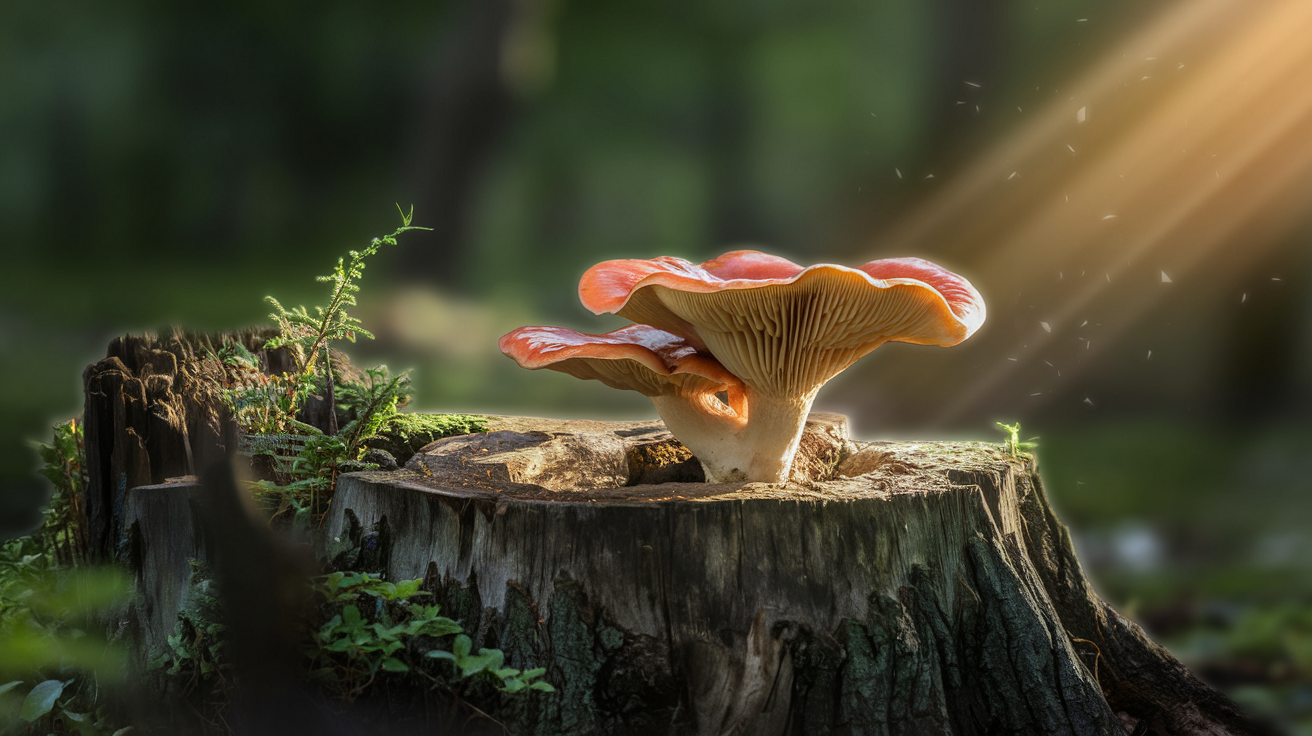
The reishi mushroom’s fan shape and red-brown color link it to strength and long life in Chinese culture.
For thousands of years, it’s been called the “mushroom of immortality” and used as medicine for royalty. Its slow growth represents patience and the rewards of waiting.
7.Psilocybin Mushroom
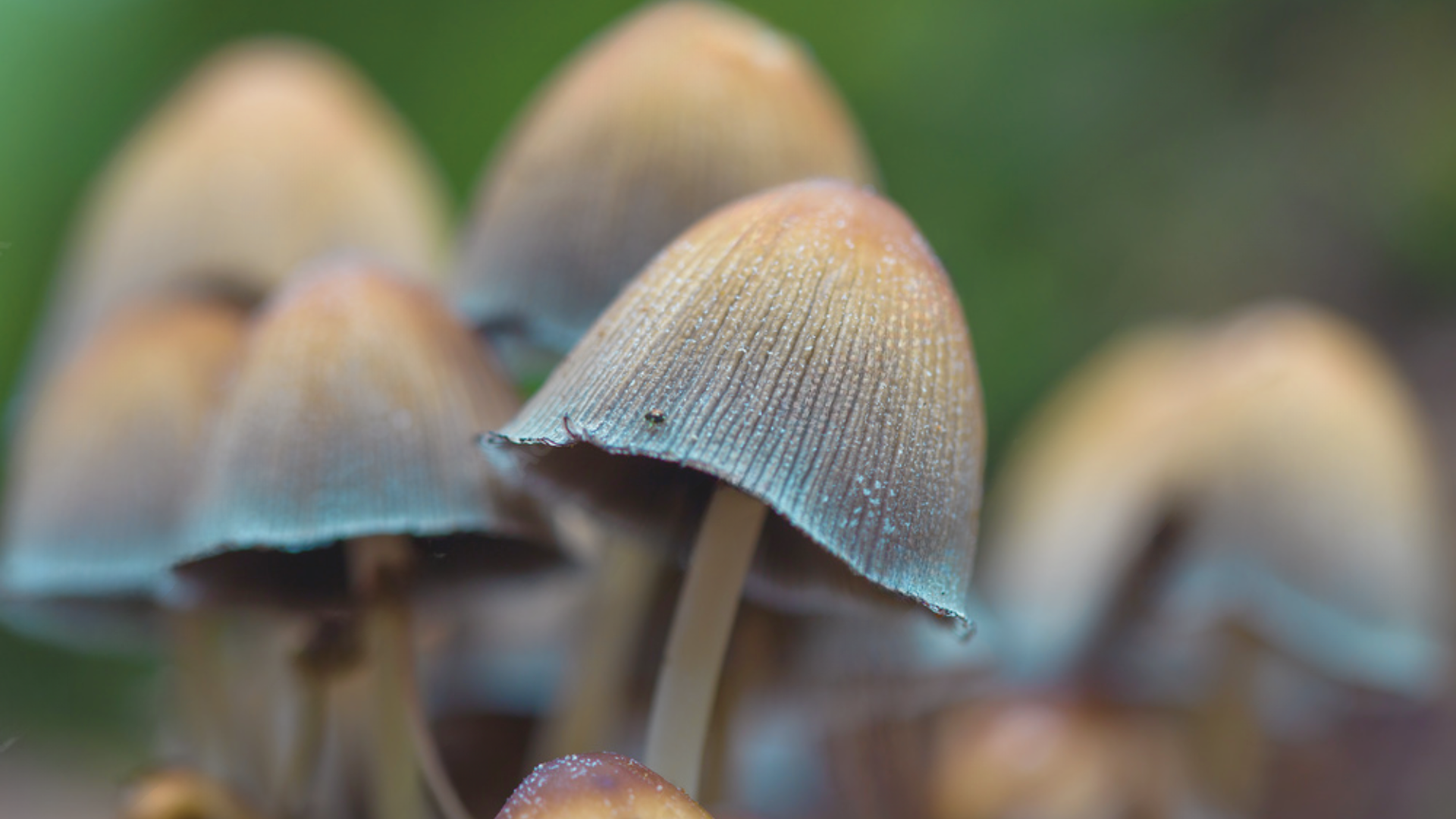
Psilocybin mushrooms carry deep spiritual meaning in many native cultures of Mexico and Central America.
The Mazatec people see them as living beings with souls, calling them “little saints” or “holy children” who can help humans speak with gods and find healing.
Mushrooms in Art and Popular Culture
Mushrooms have shown up in many forms of art and media throughout history. Early painters included mushrooms in still-life works, with Dutch masters of the 1600s adding small fungi to their detailed natural scenes.
Lewis Carroll’s 1865 book “Alice’s Adventures in Wonderland” made mushrooms famous in literature with the caterpillar sitting on a mushroom that could change Alice’s size when eaten.This story set the pattern for mushrooms as magical objects in books and movies.
In the 1960s and 1970s, mushrooms became common in psychedelic art, with bright colors and wavy patterns. Artists like Allyson Grey created works showing mushrooms as doorways to other mental states.
Today, mushrooms appear on t-shirts, in video games like “The Last of Us” and “Super Mario Bros.,” and as popular tattoo designs. The Mario games made the red and white spotted mushroom one of the most-known images in gaming history.
Modern artists use mushrooms as symbols of growth, change, and the links between all living things. Films like “Fantastic Fungi” have helped more people see mushrooms as not just food but as important parts of our world and culture.
Mushrooms and Personal Growth
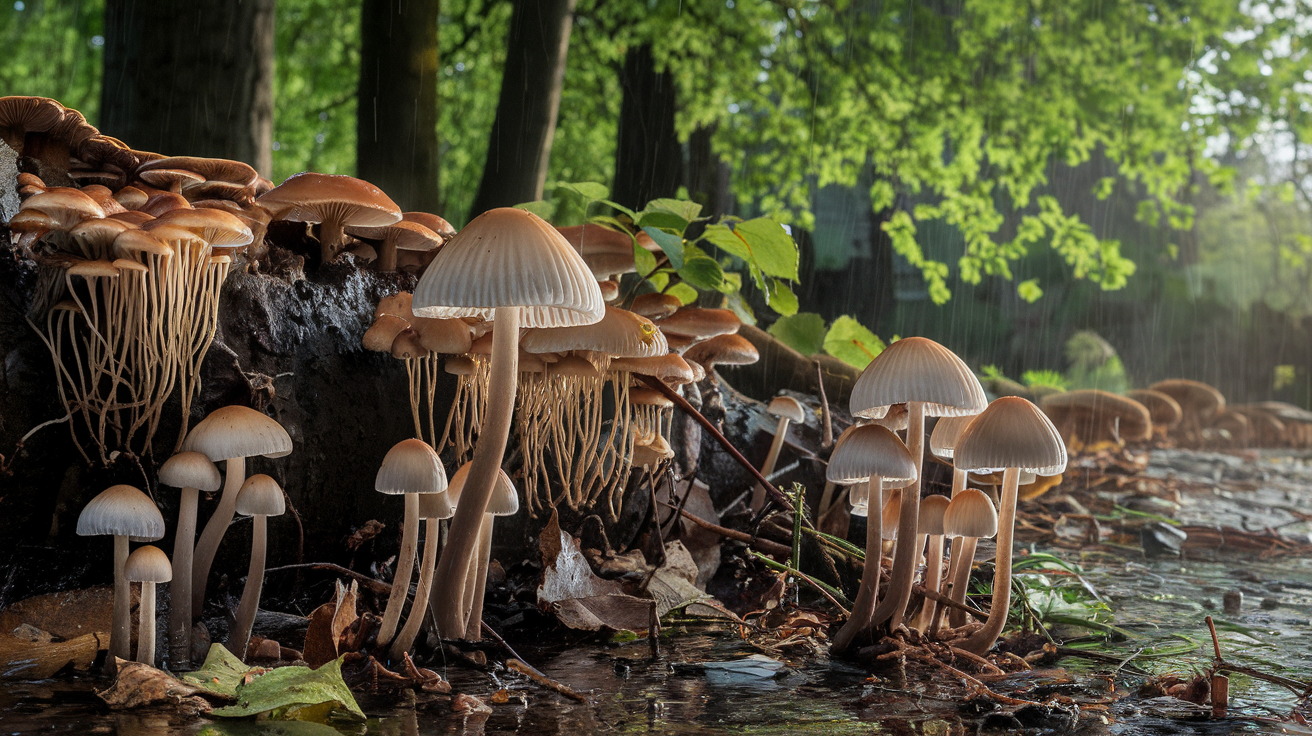
Mushrooms offer powerful symbols for personal growth.
Their ability to thrive in tough spots shows how we can push through hard times. How they transform decay into new life mirrors how our setbacks can lead to fresh starts.
The hidden growth of mushrooms underground before suddenly appearing reminds us that personal change often happens slowly and invisibly before becoming obvious.
Their connected networks reflect how our growth links to others in our communities.
Some people use mushroom imagery in journals or homes as reminders to stay patient with their growth process. By watching how mushrooms appear after rain, we can find hope when our progress feels stalled.
Conclusion
Mushrooms carry rich meaning across cultures, art, and personal growth. They show us how to turn hard times into chances for growth and how we’re all connected.
These fungi teach us that important changes often happen quietly before becoming visible.
Looking at mushrooms can help us see our own lives differently – finding strength in tough spots and patience during slow periods.
Consider taking a forest walk to spot mushrooms, keeping a nature journal, or simply pausing to think about what these remarkable organisms might teach you about your life journey.














